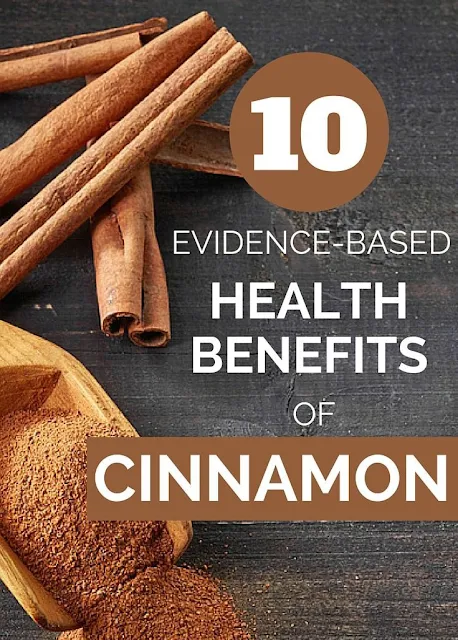Powdered cinnamon you find at the store likely has been made with an industrial grinding process, which depletes the nutrition of this bark. Additionally, to prevent caking, oftentimes flour is added to the cinnamon powder. Also, if your cinnamon is stored for a long period of time a lot of its nutritional value will diminish. To avoid this, buy cinnamon in its rolled bark form and grind it yourself as needed.
Nutrients – One teaspoon of Cinnamon Powder has up to 16% of the U.S. recommended daily allowance for Manganese, 5% for fiber 3% for iron, and 3% for calcium.
Anticoagulant
Cinnamon helps reduce unwanted blood platelet clotting, which can result
in inadequate blood flow, and is a common symptom of various diseases
and overall poor health.
Antimicrobial
Cinnamon is antibacterial, antifungal, antiviral, and antiparasitic.
Multiple studies have shown cinnamon’s effectiveness with a multitude of viruses including but not limited to HIV, herpes, and the adenovirus. Cinnamon even shows promise with cancer.
Prevents Cancer
Studies have shown that cinnamon and cinnamon oil shows promise with
treating tumors, gastric cancers, melanomas, leukemia, colon cancer, and
lymphoma cancer.
Antioxidant
Cinnamon a powerful antioxidant. In a study that compared the
antioxidant activity of 26 spices, cinnamon wound up as the clear
winner, even outranking “superfoods” like garlic and oregano. It’s
antioxidant properties also help ward off diabetes and cardiovascular
diseases.
Lowers Blood Sugar
Cinnamon stabilizes blood sugar levels, which can help with weight loss,
and can also prevent, and even help reverse, diabetes and hypoglycemia.
Lowers LDL Cholesterol and Triglycerides
Studies have found that regular consumption of cinnamon is associated
with a statistically significant decrease in levels of LDL cholesterol,
triglycerides, and an increase in HDL cholesterol (known as the good
cholesterol).
Alzheimer’s
Cinnamon consumption may delay the effects of, slow the effects of, and reduce the chances of developing Alzheimer’s.
Insect Repellent
Cinnamon essential oil can be used for head lice treatment and to repel
(or kill) ants, bed bugs, dust mites, roaches, and mosquitoes.
Skin Infections
Try cinnamon oil on any topical skin infection, including athlete’s
foot. It’s antimicrobial properties make quick work out of fungus.
Menstruation
Cinnamon has been shown to provide relief from menstrual discomfort and cramping.
Conclusion
The cinnamon in your pantry is most likely many years old, stale, and of
little potency. Stale cinnamon has reduced flavor and health benefits.
It may be time to go cinnamon shopping. Be sure to check out the
cinnamon recipes in How to Optimize Curcumin Absorption and Cinnamon – Ceylon Vs Cassia, Health Benefits, and Other Interesting Facts.
Also see the first source below for natural oral health recipes and
remedies for your teeth and gums that you can use cinnamon with.
Sources:
http://www.foodrenegade.com/your-cinnamon-real/
http://www.organiclifestylemagazine.com
www.organicfacts.net
http://www.thehealthyhomeeconomist.com
http://www.organicauthority.com
http://www.ncbi.nlm.nih.gov/pmc/articles/PMC4443385/
http://www.webmd.com/skin-problems-and-treatments/news/20040716/cinnamon-oil-kills-mosquito-larvae
http://diseases-researches.blogspot.ca/2014/05/cinnamon-and-alzheimers-diseases.html
http://www.ncbi.nlm.nih.gov/pubmed/24019277
http://www.webmd.com/diabetes/cinnamon-and-benefits-for-diabetes
http://www.ncbi.nlm.nih.gov/pubmed/19571155
http://www.ncbi.nlm.nih.gov/pubmed/20653974
http://www.ncbi.nlm.nih.gov/pubmed/16710900
http://www.academicjournals.org/journal/JMPR/article-full-text-pdf/CD21E2824141
